Chamber Pots
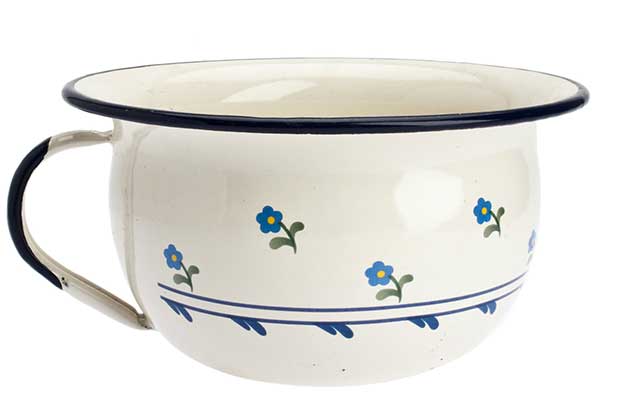
When you gotta go, you gotta go, even if it's the middle of the night. And while making a nighttime visit to the bathroom is no problem in the modern era, things were complicated when there was no indoor plumbing. Enter the chamber pot.
The chamber pot was a large bowl that functioned as a portable bathroom, and people often kept them in their bedrooms at night. Once used, you likely had to spend the rest of the night getting a whiff of the unspeakable things in there--because are you really going to be in the mood to clean it out at 3 in the morning?
Reusing Bath Water
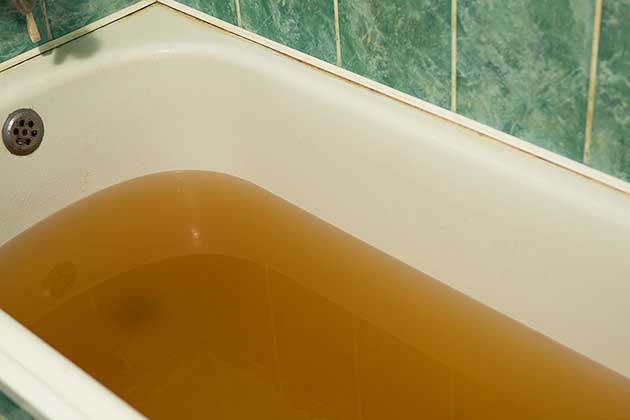
We think of water as an essential today, but in the past, it was much more of a luxury. Forget a nice, long, warm shower--you'd be lucky to get a lukewarm bath with used bathwater.
If you were an upper-class person, you might have the chance to bathe in your own water, but poorer and larger families had to share. And the pecking order usually went oldest to youngest, so here's hoping you're an only child!
Chicken Poop for Baldness

There are no shortage of crazy baldness cures, but none are probably as gross as this chicken poop cure from the 17th century.
According to the wisdom of the time, mixing chicken poop with lye was a good way to get those lucious locks back. And honestly we're not sure what's more horrifying--the chicken poop or the lye applied directly to your skin.
Crocodile Poop as a Contraceptive

The ancient Egyptians were brilliant in a lot of ways, but not so much when it came to babies. We have evidence as early as 1850 BCE that Egyptian women would sometimes use crocodile poop pellets as a form of birth control.
Okay sure, unwanted pregnancies can radically alter your life, and raising a kid is no easy feat. But honestly I would rather have my life altered that way than altered by the complications of sticking crocodile feces inside of me.
Lead Makeup
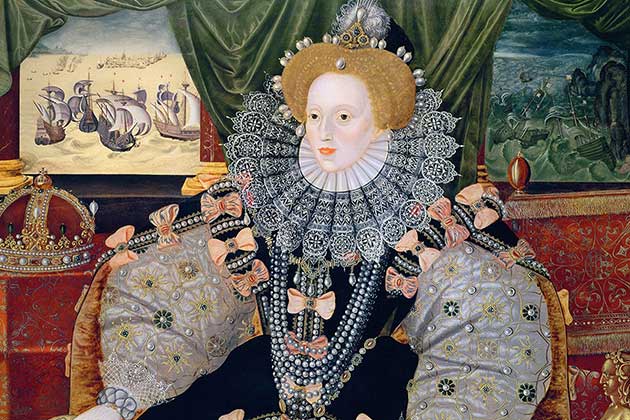
In the past, women wanted to look as white as snow as a way to show that they didn't have to do a days work in their life. To achieve the ghostly look, they would slather their face with a thick layer of makeup that was made from deadly lead.
Side effects of lead exposure include unnaturally gray hair, dry skin, abdominal pain, and constipation. Eventually, the skin would rot away and leave scars. So yeah, you're gonna need more lead makeup to cover up all the bad effects of the lead makeup.
Seasonal Outfits

I don't know about you, but I will toss something in the washer at the first sign of a stain. But even in times as recent as the 19th century, laundry day barely came four times a year.
It was not uncommon, especially among the poor, to have very little clothing to choose from. You were lucky if you had an outfit for every season--and maybe a fifth one for special events. And we all know how much more scarce clean water was back then, so don't even think about giving them a regular wash...
Pre-Toilet Paper Times
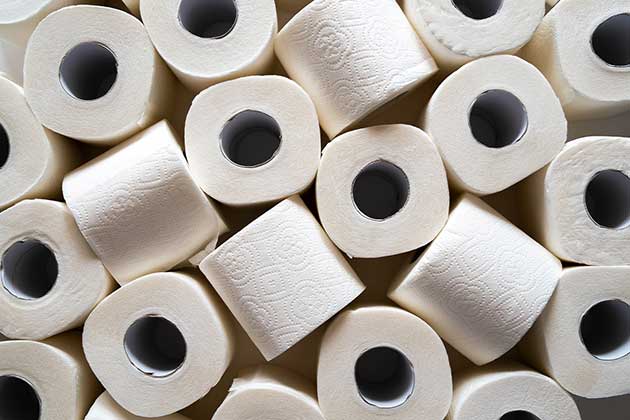
Toilet paper didn't become a popular thing until the 1800s, which means that humans for millennia had to figure out what to do with their butts. And while the answers they came up with were sometimes creative, they were also always disgusting.
Leaves, rags, moss, your hands--all these and more were used before some hero saved the world and invented toilet paper.
Urine Face Wash

We throw all kinds of weird things on our faces in the name of beauty, but in the 17th century, things got seriously strange when human urine became a popular ingredient in face washes.
It was believed that urine had antiseptic qualities which could keep your face clear, and it was also believed that urine could help keep your skin firm. Even if both of those things are true, you still have to confront the fact that you're splashing pee on your face.
Dentures from the Dead
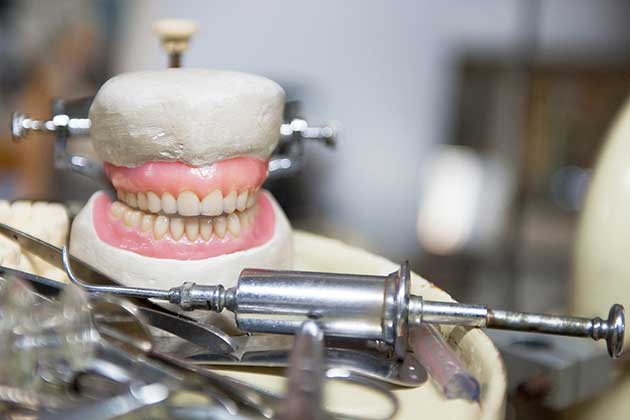
Eventually at some point in history, wood became a common material to make dentures from. But before that you really only had one option--the teeth of the dead.
While it sounds morbid to us now, there really wasn't a lot of hubub back then about stealing teeth from the dead. I mean, it's not like they were going to be using them any time soon...
Snail Slime for a Sore Throat

Instead of that tea with honey, just slurp up a snail when you feel a sore throat coming on. That's what some doctors would have told you in the past at least!
If it makes things any better, you weren't just guzzling snail slime. There was some sugar mixed in as well, so at least you wouldn't vomit it up immediately.
Tapeworms for Weight Loss
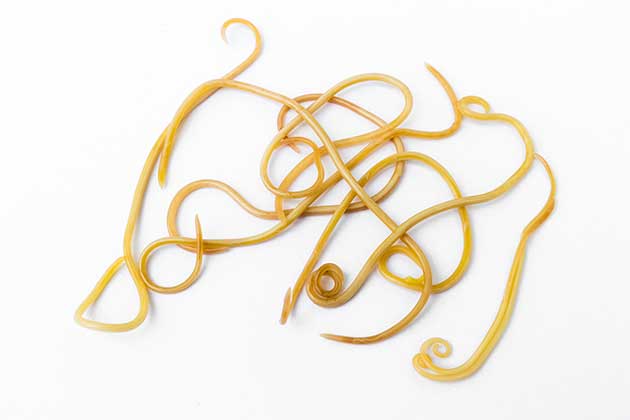
Do you want to be thin? If the answer to your question is yes and you lived in the 1900s, you might have been offered a tapeworm. And hopefully after you were offered a tapeworm, you would reevaluate your answer to the question.
Taken in pill form, the worm moves through the digestive tract while eating nutrients your body needs. This makes the worm grow and the host shrink. Sometimes, the worm could eat too much and cause death through malnourishment. And even if it didn't kill you, your best case scenario was that you had a giant worm living inside you.
Teeth Blackening

While we try to get pearly whites, women in the past in southeastern Asia wanted black teeth. It was a symbol of health, beauty, and aristocratic status.
Known as “ohaguro,” individuals drank an iron-based black dye with cinnamon and resin. It doesn't sound safe, and it doesn't sound tasty! The procedure would cause severe reactions, and it ceased in 1870 when the federal government banned it.
Lysol Feminine Hygiene

In the 1960s, women that got a “not so fresh” feeling might have grabbed a can Lysol. And it doesn't stop there! You might also see it being advertised as a contraceptive!
Inexplicably, they had no idea that it was incredibly dangerous and could lead to injury or infections--not to mention the accidental pregnancies because it is definitely not birth control!
Bloodletting
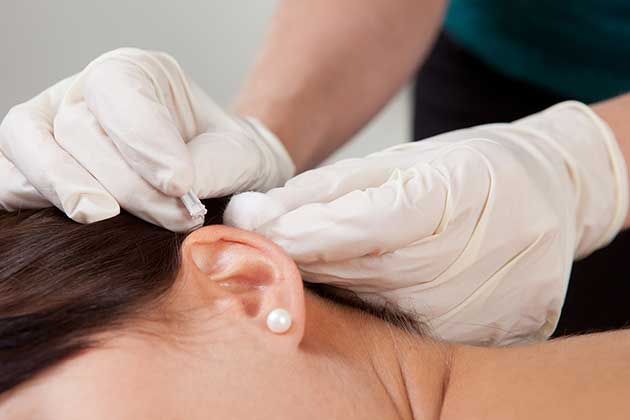
Bloodletting was incredibly popular for a really long time – around 2,000 years. Bloodletting was when a healer or “doctor” would withdraw blood from a patient to cure an illness or disease. So basically, they were doing the exact worse thing you could do to someone who is sick. Not to mention...ew, blood.
Needless to say, this led to lots of deaths before people finally wised up and realized bloodletting was not beneficial, and, in fact, was downright dangerous. George Washington and Charles II are two of the most famous people who died due to bloodletting.
Dead Mice for Toothpaste
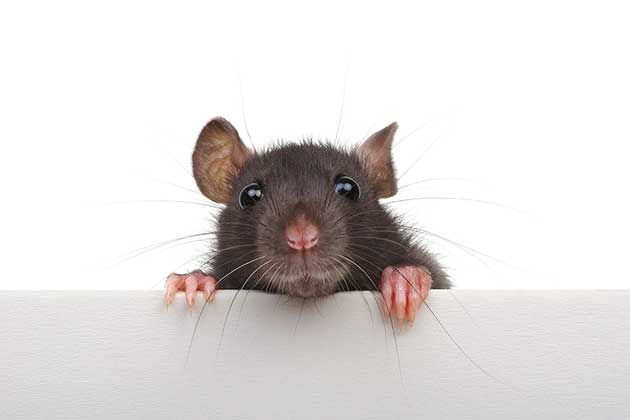
Would you put a dead mouse in your mouth? Ancient Egyptians didn’t think twice about this gag-worthy cure. It was thought that mashing a mouse, blending it with other ingredients, and applying it to a painful tooth would cure a toothache.
We don't know why the Egyptians were so keen to put gross things in their bodies, but considering that mice carry all sorts of diseases, they're one of the worst choices you could make.
Collecting Sweat for Aches and Pains
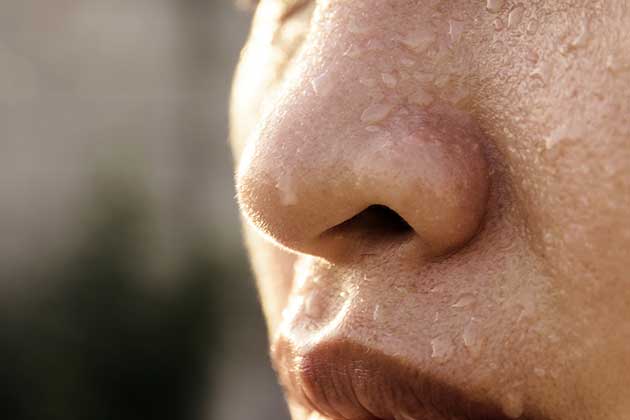
It was common practice for the ancient Greeks to oil up before hitting the gym. And once they were done, they would collect the sweat and oil off of their bodies for medical purposes.
Known as gloios, this disgusting combination of body fluids was believed to help relieve aches and pains by reducing inflammation. Thankfully, it was applied topically and not ingested, but that still means your spreading a stranger's sweat all over your body.
Goat Poop for Energy

If you need a pick me up these days, you might swing by Starbucks for an overpriced coffee. But in the ancient Roman world, you might swing by the farm and see what the goats have left behind.
According to one ancient Roman writer, charioteers would use a mixture of goat dung and vinegar for a boost of energy. If ingesting goat poop wasn't bad enough, just imagine how much worse the vinegar would make it taste!
Fart Jars for the Bubonic Plague
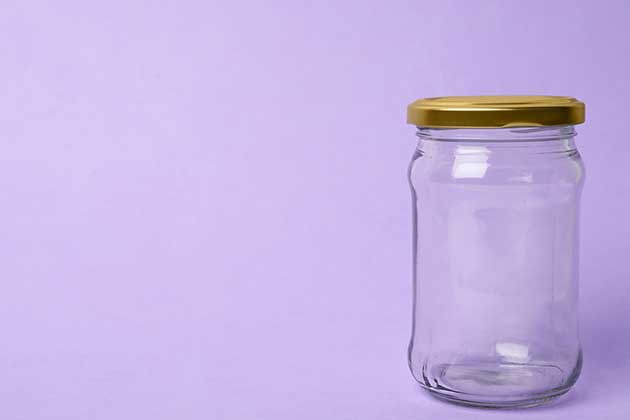
Yes, a fart jar is as gross as it sounds. And yes, it's used in exactly the disgusting way you imagined.
When the Bubonic plague was ravaing Europe, doctors at the time were wise enough to realize it was airborne, but their suggestion for combating it was way out of left field. The logic was that if patients were to inhale something as potent as the plague, it could help reduce its effects. And thus, farting into a jar and smelling your own farts was born! It was an incredibly clever (but incredibly wrong) line of logic.
Yearly Bathing

Before the Middle Ages, public baths were a common sight, and people tended to bathe regularly. But when the Catholic Church decided all that public nudity couldn't be good for your soul, bathing took a hit.
While the rich and well-connected could still afford to bathe regularly, most common people couldn't. So, it wasn't uncommon for people to go months or even a whole year without a nice dip in the tub.
Mice Eyebrows

Poor mice can't catch a break. While they didn't have to deal with laboratory testing in the olden days, they did have to worry about becoming someone's pair of fake eyebrows.
In the 1700s, big, full eyebrows were just as in as they are today. And if you couldn't grow them yourself, you could always just glue a carefully cut strip of mice pelt to your forehead. Obviously this is a terrible arrangement for the mice, but I would say it was just about as bad for the women wearing them.
Urine for Wounds
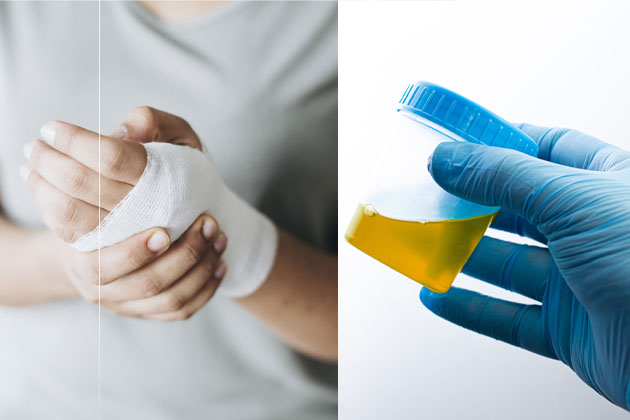
It seems like there wasn’t much people wouldn’t use urine for back in the day. But its most horrifying use definitely has to be as an antiseptic for wounds.
Apparently King Henry VIII’s doctor was a big fan of this urine treatment for soldiers wounded in battle. But as gross as this sounds, the most popular alternative at the time was cleaning wounds with water that was almost certainly unsanitary. Maybe urine wasn’t so bad after all?
Death Photography

Humans have come up with many ways to honor our dead ancestors throughout history, but death photography has to be the strangest...and one of the grossest! Basically, families would dress up and pose for pictures with a recently dead relative in the photo too.
It’s pretty obvious to see how this is completely creepy and weird, but it could also be very unhygienic. Depending on how they died, spending time around human corpses is a great way to pick up some strange disease from a dead body.
Brain Tincture

Chemistry and medicine were very different in the 1600s, if the writings of physician John French are to be believed. This guy came up with a recipe for a brain tincture--which was named, not for what it helped, but for what it was made of.
French recommended taking the brain of someone who died a violent death, mixing it to a pulp, and then letting that sit in horse dung for six months. What resulted was allegedly a cure for falling sickness (a.k.a. epilepsy), but there’s no way you could get us to try this!
Mummy Powder

Unfortunately for us all, “mummy powder” is exactly what it sounds like. It turns out that for a long stretch of history, humans were a-okay with crushing up the dead and eating them.
And just why would a person want to eat a crushed up mummy? The better question to ask is why someone wouldn’t want to. This was commonly sold in apothecaries as a cure for all sorts of illnesses--and it was sometimes used as an aphrodisiac too.
Beaver Testicles

Beaver testicles used to be in high demand as an ingredient in medicine, and I’m sure that beavers everywhere are thrilled to be past this era in human history. This was such a commonplace ingredient that there was a myth beavers would bite off their own testicles to escape from a human.
You’ll probably be horrified to know that ancient medicine is not the only place that beaver testicles show up. They’re sometimes included in modern perfumes and food items as well!
Blood Drinking
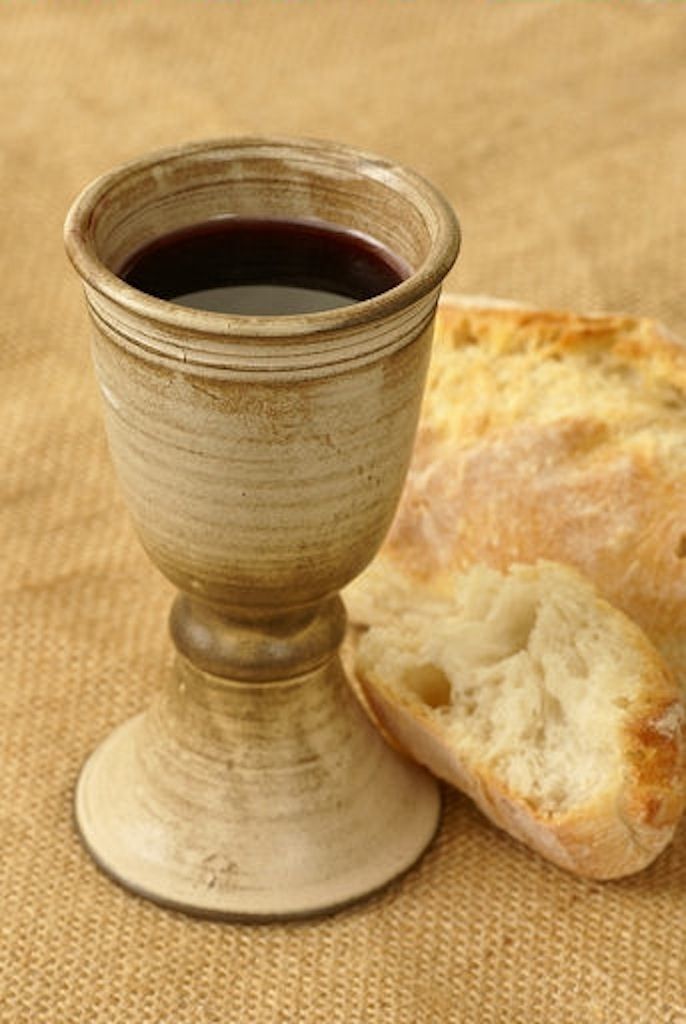
It turns out that Count Dracula wasn’t the only one who enjoyed a good glass of blood to quench his thirst. Apparently blood drinking was sometimes practiced in ancient Rome as well.
The Romans weren’t drinking blood to survive like a vampire would, but that doesn’t mean their reasons weren’t equally crazy. Romans believed that drinking the blood of a fallen soldier would given them that warrior’s strength.
Xlyospongium

Xylospongium sounds founds fancy, but it was simply a sponge on a stick in ancient Rome. That sounds pretty hygienic for the time, but don’t worry, things get a lot grosser.
Xylospongium were a common feature of Roman public restrooms. You’d clean yourself off with one, give it a halfhearted rinse, and leave it for the next person. Needless to say, this was a very common way disease spread in ancient Rome.
Mercury to Treat Syphilis

During the 1700s people were trying to treat STDs like syphilis, so good for them. But our evidence from this time period shows that they were way off base.
Urethral syringes have been uncovered that we believe were used to inject mercury to treat syphilis. Unfortunately, that’s not a thing, and most of the time introducing mercury into the body is just going to cause more problems than you already had.
Straw Floors

For many years, people would cover their floors with straw, thinking that this would help keep things neat and sanitary. But despite the good effort to keep things clean, straw was actually a terrible idea.
Instead of keeping things more sanitary, straw was actually great at trapping urine, feces, and all sorts of other disgusting things. Thankfully, humans finally realized the error of their ways and ditched the straw floors for the most part.
Mellified Man
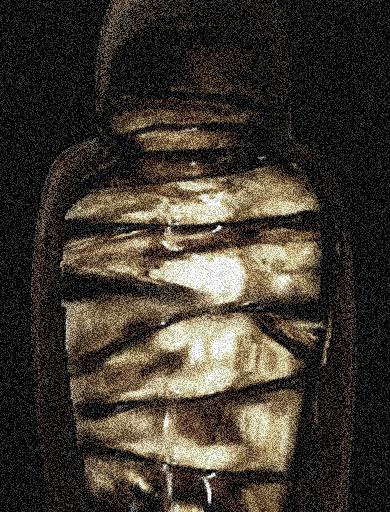
This is one ancient practice that is not only unsanitary but also absolutely terrifying. But thankfully, we only have a secondhand account of it, so might not have even actually happened.
According to one 16th-century Chinese doctor, people would submit themselves to mellification--preserving their bodies in honey. Near the end of their lives, the person would start eating only honey, and once they died, their bodies would be submerged completely in honey for years. After a century, the person’s body would be consumed in order to treat things like broken bones.
 Author
Ron Winkler
Last Updated: December 06, 2024
Author
Ron Winkler
Last Updated: December 06, 2024